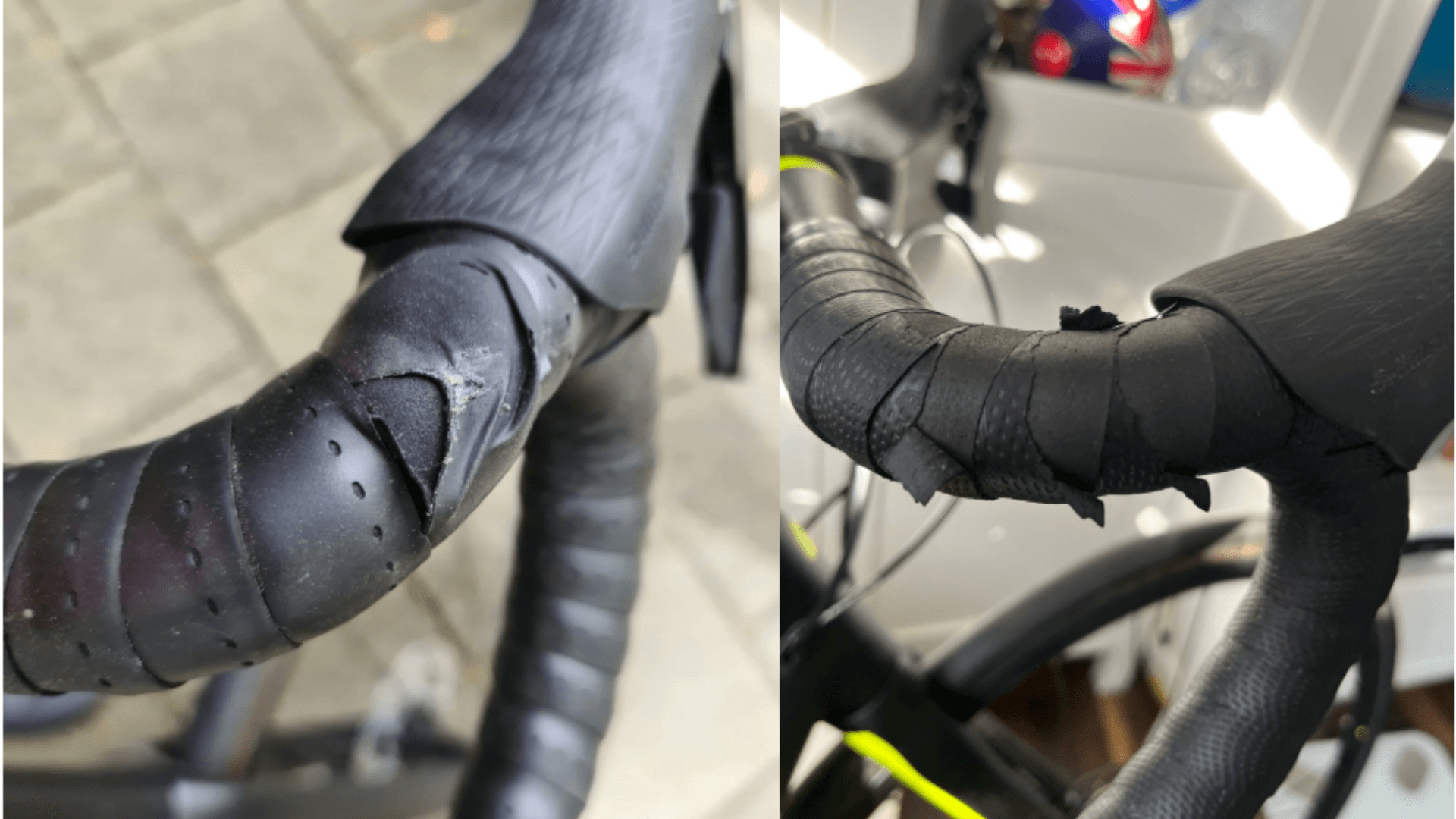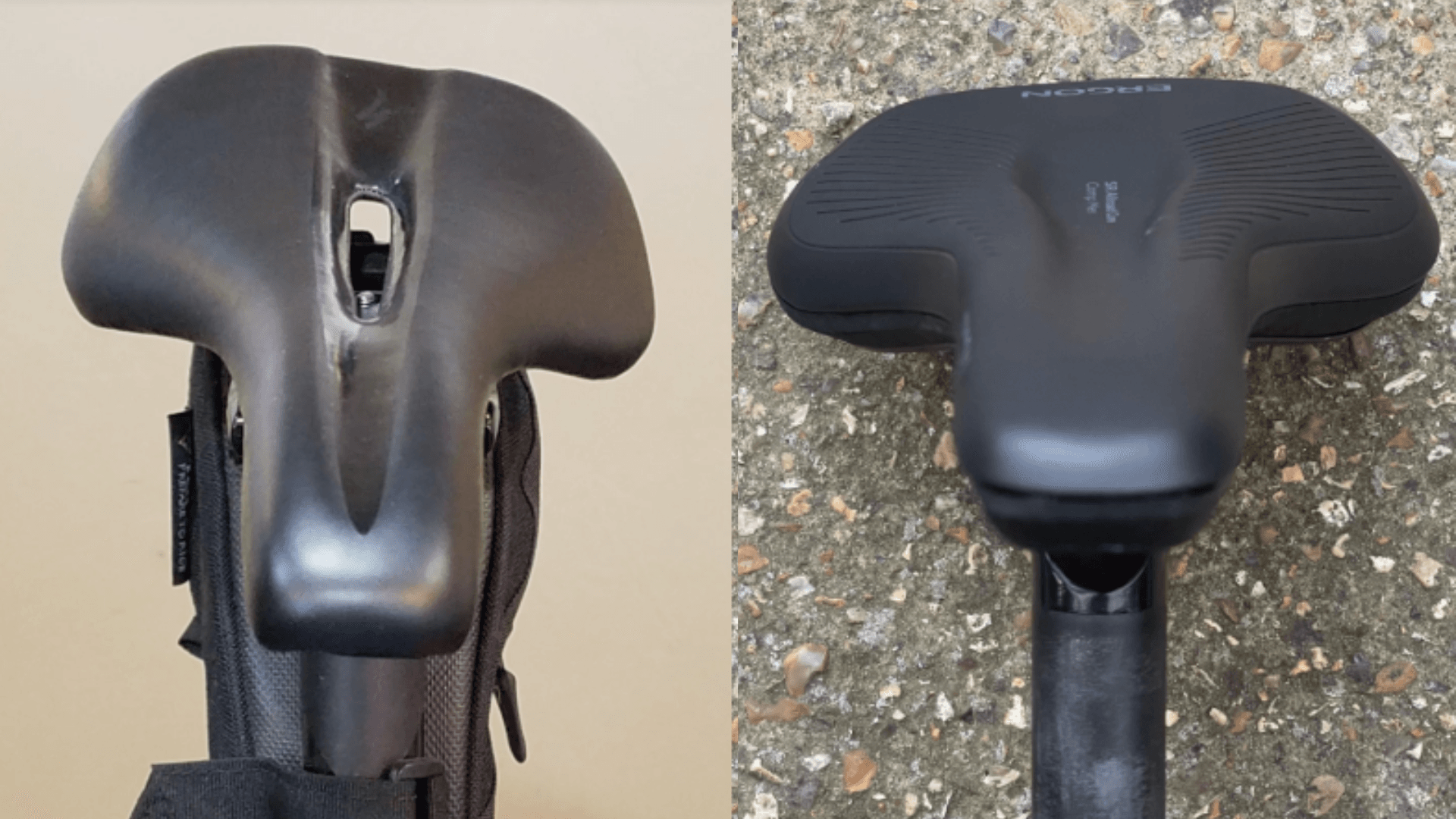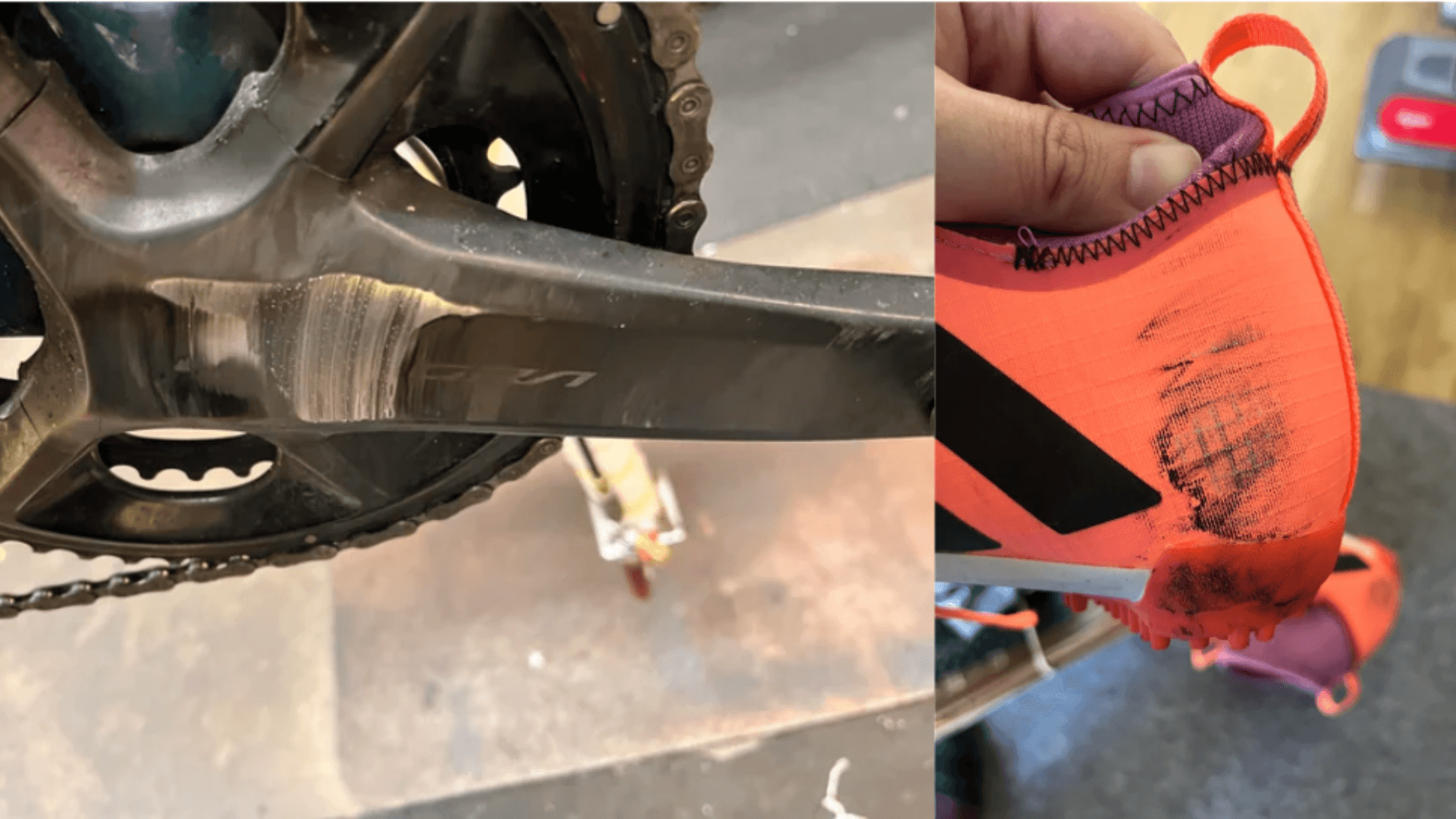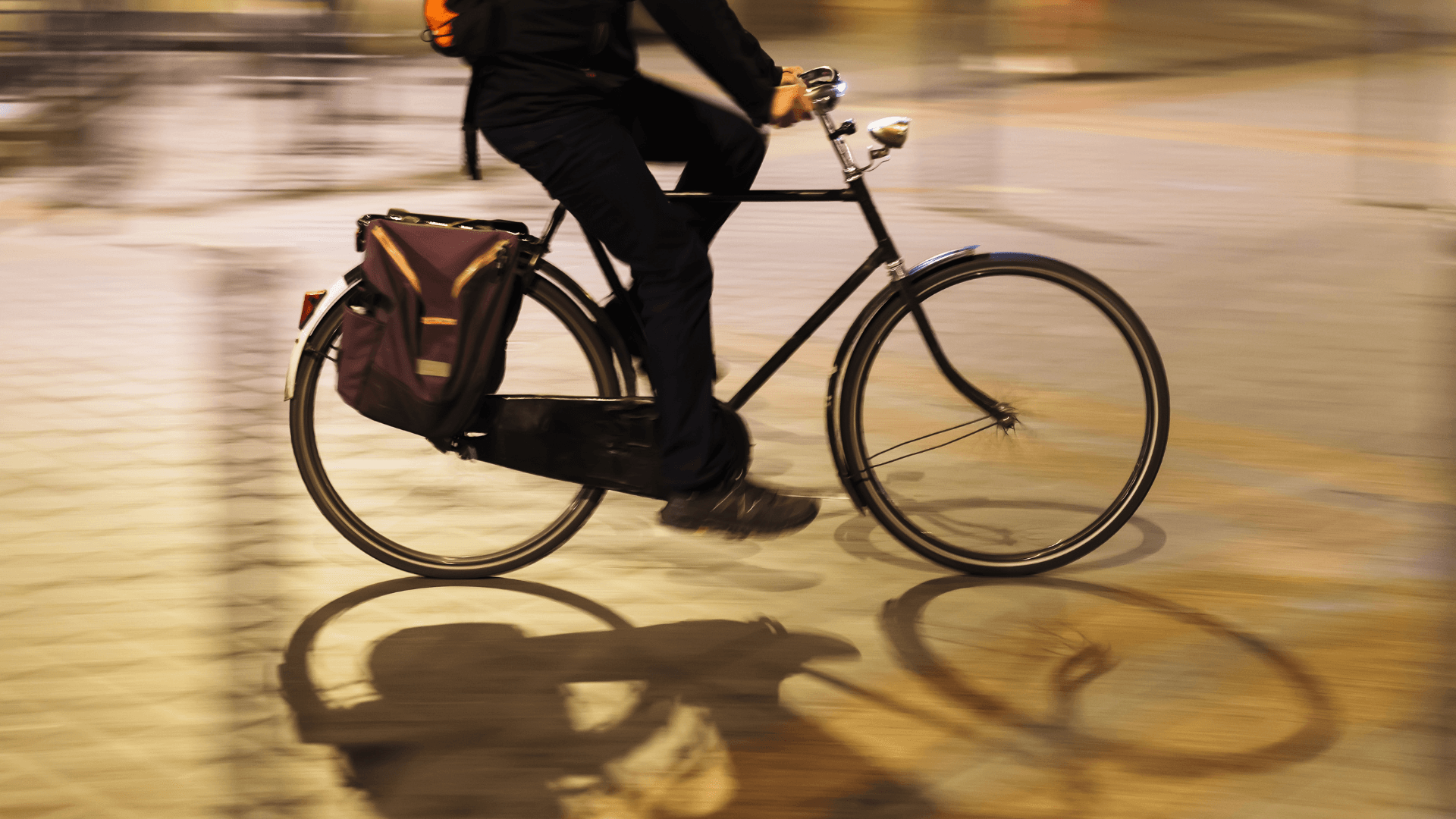Telltale Signs Your Bike Setup Might Not Be Quite Right

Sam Birch
Physiotherapist
- 6 March, 2025
- Cycling
- 4 min read
As one of our expert bike-fitters and Physiotherapists, Sam has seen countless cyclists attempt to tolerate numbness, pain, or general discomfort thinking it’s “normal” for bike riding.

Fortunately, Sam is here to set the record straight—it’s not!
We understand how frustrating it can be when pain interrupts your progress or keeps you from enjoying your favourite sport. Even if your mind is eager to push through, it’s crucial to listen to your body to avoid injury. In most cases, these aches and pains can be prevented or reduced by making small but impactful amends to your form or setup.
The common discomforts which arise from cycling are often signs of an improperly adjusted bike and are usually avoidable with the right setup. In this blog, Sam shares the signs to watch out for that might indicate your bike set up isn’t quite right for you, what those signs usually point to, and how to fix them.
Bicycles are built to withstand a lot of wear and tear, whether you are racing through the countryside roads or tackling rugged gravel trails. However, certain patterns of damage and wear can often identify an underlying problem with your setup. Let’s dive into some common signs that your bike might need adjusting.
1. Worn Handlebar Tape and Numb Hands
When riding, it is crucial that your hands feel comfortable and well-supported to ensure a safe and smooth ride. This comfort is not just about avoiding strain and fatigue during long rides, but also about maintaining control and responsiveness. Ideally, your hands should be resting on the shifter hoods to allow easy access to your bike’s essential controls.
If you find that the handlebar tape on your bike is wearing out quickly elsewhere, it might be a clue that your bike setup isn’t quite right. This could be due to being unbalanced on the saddle, having handlebars that are too wide, or a saddle-to-handlebar distance that’s too long.
To fix this, we recommend adjusting your positioning, so your hands naturally rest on the gears and break levers and feel comfortable to remain there for the duration of your ride.
Experiment with a few different positions, and you’ll likely find one that feels more comfortable, reducing the urge to compensate with choosing closer hand positions. This can also be achieved by adjusting handlebar width, stem length, and saddle position.
Making these adjustments help relieve neck aches, shoulder tension, upper back pain, and hand numbness.

2. Saddle Sores and ‘Wonky’ Saddles
If your saddle is not quite positioned correctly, you may find yourself sitting off to one side. This can eventually lead to asymmetrical wearing of the saddle and, in more severe cases, the saddle warping.
This often happens because your saddle height is too high, forcing you to shift your weight and sit crookedly to reach the pedals comfortably.
You might also notice that the inside of your cycling shorts wears out on one side (often the left inner thigh for most riders) due to the uneven friction and pressure applied during your rides. This can lead to saddle sores on that side too, which are painful skin irritations or abrasions caused by the repetitive rubbing and pressure against the saddle.
To fix this, adjust your saddle position by lowering it to a more suitable height that allows you to sit evenly and maintain a balanced posture whilst pedalling. Additionally, try experimenting with different saddle designs or widths to find one that suits your body and cycling needs better.

3. Crank-Arm Rub and Numb Toes
If the inside of your shoe is rubbing against the crank arm or chain, it’s a sign your foot isn’t stable in your shoe. This instability can occur for several reasons, such as improper shoe fit or incorrect cleat positioning.
This isn’t just a cosmetic issue of wearing down the paint finish on your bike frame and components; it can also cause foot pain and numbness during longer rides.
The solution? Consider using an orthotic or wedge to stabilise your foot, which can help correct any misalignment and provide additional support. Orthotics are often custom made to fit the unique contours of your foot, offering enhanced comfort and stability.
We often combine this with switching to a pedal system with a longer axle can provide more space between your foot and the bike, reducing the likelihood of contact with the crank arm or chain stay. In all bike fits, it’s essential to make sure your cleats are adjusted properly to evenly distribute pressure across the foot.
All these solutions will help prevent damage to your bike’s components and keep your feet comfortable, allowing you to enjoy longer rides without the worry of pain or injury.

When to seek Bike Fitting Services
Often, we see cyclists who have researched how to adjust their bike themselves depending on their symptoms (maybe that’s how you’ve found this blog in the first place!) with some success in relieving their issue, but often, these improvements are short lived.
Although these small successes should be considered a win, when it comes to a bike fit, there are many factors that interact with each other. Our goal is to help you make the right changes to have long-lasting effects so you can enjoy cycling without having to become experts overnight.
At Pure Sports Medicine, the clinical bike fit assessments that we offer takes the pressure off – literally – for those that feel you aren’t having much luck readjusting your bike on your own.
During the 2-hour session, we will assess everything from your body to your shoes and bike to get you riding optimally. Our physiotherapist-led fit assesses your movement and previous injury history in-depth to ensure all factors influencing your cycling posture are considered.
Everyone’s bike fit will look different, because there is no one-size-fits-all. Your bike fit should be as individual as you and your bike are. Your flexibility, arm length, height, etc, is likely different to your friend’s, so what works for one person might be what causes pain for another.
With spring just around the corner, cyclists everywhere are gearing up to hit the roads as the temperatures rise. Now is the ideal moment to give your bike a thorough check-up to ensure everything is in top shape.
Designed to enhance your comfort and efficiency on the road, our comprehensive assessment covers every component of your bike, ensuring we can recommend the perfect adjustments for your needs.

Advice
Over the last 20+ years our experts have helped more than 100,000 patients, but we don’t stop there. We also like to share our knowledge and insight to help people lead healthier lives, and here you will find our extensive library of advice on a variety of topics to help you do the same.
OUR ADVICE HUBS See all Advice Hubs
